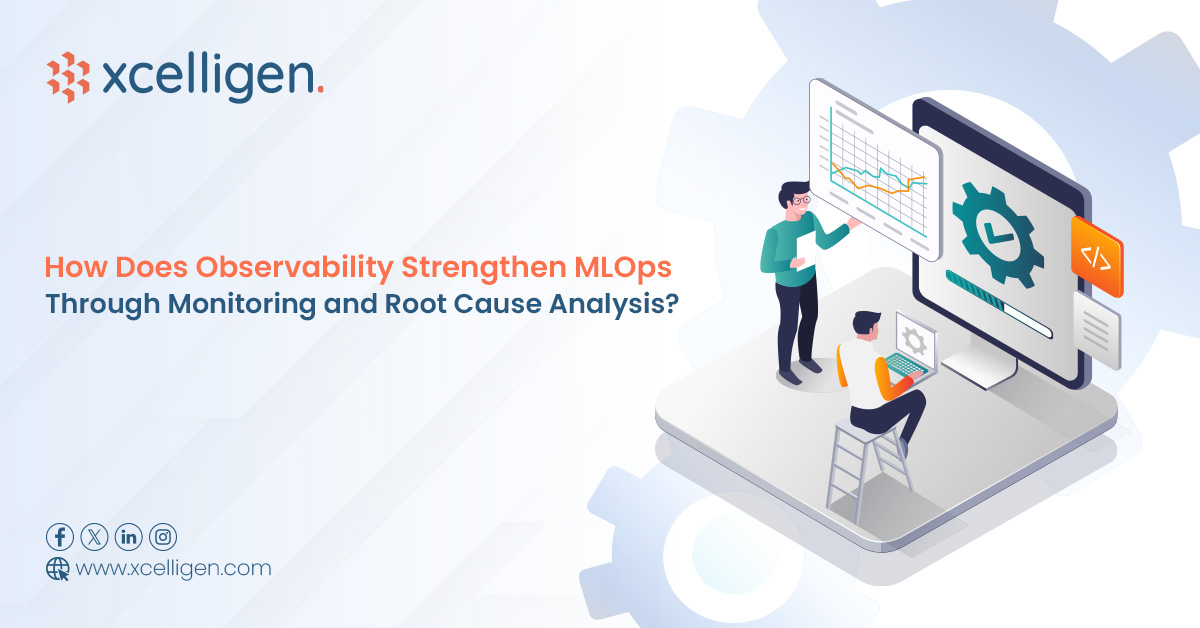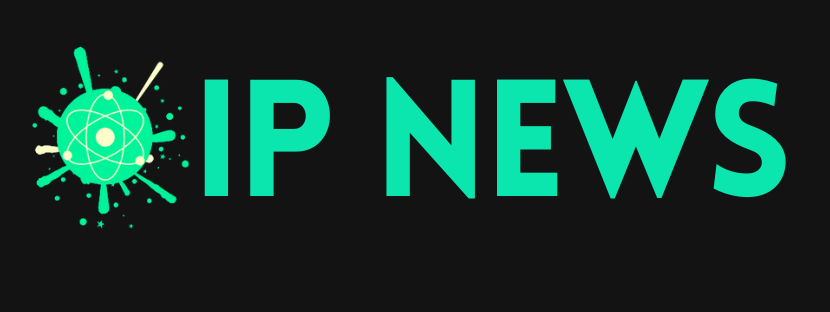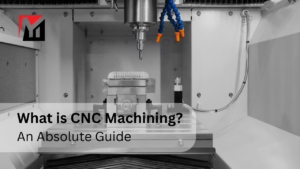How Observability Strengthens MLOps Through Monitoring and Root Cause Analysis?
Silent failure decreases as Machine Learning Operations (MLOps) mature from experimental to mission-critical workflows. Observability now underpins model performance, pipeline...

Silent failure decreases as Machine Learning Operations (MLOps) mature from experimental to mission-critical workflows. Observability now underpins model performance, pipeline stability, and AI system accountability. Due to model trust and failure traceability issues, 82% of enterprise AI deployments fail before production from McKinsey’s survey. Observability is now the difference between scalable intelligence and opaque automation.
In this blog, we explore the technical dimensions of observability in MLOps, unpack how it reinforces monitoring and root cause analysis, and illustrate how AI/ML service providers like Xcelligen are operationalizing these principles at scale for high-stakes government and enterprise applications.
What Is Observability in MLOps?
ML observability guides the integrated capability to continuously monitor, trace, and explain the behavior of machine learning systems across the full model lifecycle from data ingestion and training to deployment and inference. Unlike basic infrastructure monitoring, ML observability provides granular visibility into model performance, data integrity, and decision logic in real time.
The Observability Imperative in MLOps
Infrastructure monitoring in classical DevOps includes CPU spikes, memory consumption, latency, and error rates. MLOps monitoring tools for systems to run without any complexities while the model silently degrades due to data drift, feature skew, or distributional modification. This discrepancy is why 68% of enterprise AI models, according to a 2023 Deloitte survey, degrade in performance within 6 months of deployment.
Unlike logs or metrics scraped from system health, ML observability requires instrumentation across the full pipeline, starting at data ingestion and feature engineering, through to training and inference, and finally to post-deployment feedback loops.
Difference Between Monitoring and Observability in MLOps
Monitoring tells you when something goes wrong, but observability helps you figure out why it happened. For a more in-depth technical comparison, see the table below:
it happened. For a more in-depth technical comparison, see the table below:
| Technical Dimension | Monitoring | Observability |
| Scope of Instrumentation | Logs predefined KPIs (e.g., latency, throughput, accuracy) | Captures fine-grained telemetry across model inputs, intermediate transformations, and outputs |
| Root Cause Attribution | Limited to surface-level alerts and thresholds | Allows multivariate root cause analysis via data lineage, SHAP values, and inference-time logging |
| Data Granularity | Aggregate metric tracking (model-level) | Feature-level drift detection, schema tracking, and statistical distribution monitoring |
| Tooling Architecture | Works with system-level APM/monitoring tools (Prometheus, Grafana) | Requires full observability pipelines with vector embedding, trace IDs, and model explainability |
| Regulatory Alignment | Supports uptime and SLA dashboards | Promotes explainable AI, reproducibility, and NIST SP 800-53, FISMA, and FedRAMP compliance. |
5 Essential Pillars That Define MLOps Observability
1. Data Lineage and Schema Tracking
With 68% of production ML failures rooted in data issues from Gartner’s survey, tracking upstream data lineage is essential. Observability systems embed automatic checks for schema mismatches, null-value frequency spikes, and unexpected categorical shifts.
2. Feature Drift Detection
Tools like Evidently AI or WhyLabs monitor training-serving skew in real time. They track statistical divergence (e.g., Kullback-Leibler divergence, PSI) across live features versus training baselines, flagging shifts before they compromise model performance with many observability Tools and Best Practices.
3. Model Behavior Telemetry
Observability includes real-time capture of feature attribution scores (via SHAP/LIME), confidence intervals, and uncertainty quantification. These metrics enable model explainability, anomaly detection, and root cause mapping in low-confidence predictions.
4. Pipeline Traceability
Each component from raw data ingestion to final inference is tagged with unique run IDs, config hashes, and model versioning. This enables deterministic rollback and time-travel debugging, especially useful in complex retraining loops or autoML systems.
5. Alerting with Causal Context
Modern observability platforms do not just alert on thresholds, they correlate alerts with causal signatures. For instance, a latency spike is connected to model cold start + concurrent GPU starvation + failed feature store sync, reducing MTTR drastically.
Unique Challenges of Building Observability for AI Systems
The challenges of monitoring ML models are complex due to evolving data, dynamic behavior, and explainability needs, making real-time observability essential for stability and compliance:
- Volume and Cardinality: ML systems send out high-dimensional data across different versions, experiments, and environments.
- Dynamic Behavior: Model behavior changes when new data comes in, even if the code doesn’t. This is different from software.
- Explainability Demands: Stakeholders want more than just numbers; they want reasons, which is why explainable AI is now part of the observability stack.
- Hybrid infrastructures: A distributed model that works across cloud, edge, and air-gapped systems needs observability pipelines that can handle different types of data.
Despite these hurdles, forward-thinking engineering partners are addressing them through modular observability architectures, real-time data profilers, and secure telemetry APIs tailored to the AI stack.
Top MLOps Observability Best Practices Used by Leading AI Firms
Top AI/ML Development Services like Xcelligen follow a robust set of observability design patterns:
- Event-Based Logging Architecture: Replace flat logs with structured events emitted at every model lifecycle checkpoint.
- Automated Metadata Enrichment: Use MLflow or Kubeflow pipelines with embedded context variables (e.g., data version, model checksum, git commit hash).
- Multi-Layered Metric Collection: Combine system-level (CPU, memory) and model-level (loss, confidence) metrics into unified telemetry.
- Integrated Visualization: Connect observability systems with Grafana, Prometheus, or proprietary ML dashboards to correlate signals.
- Human-in-the-Loop Feedback: For sensitive models, integrate active learning loops where human feedback on low-confidence inferences retrains the system iteratively.
How Xcelligen’s Observability Stack Flagged Mission-Critical AI Errors?
In government healthcare systems, a predictive model for emergency admissions may perform well in training but degrade subtly due to demographic shifts post-COVID. Without observability, the degradation goes unnoticed until outcomes worsen. With observability, real-time detection of input drift, flagged at feature granularity, triggers retraining with stratified sampling.
Or in a defense logistics context, consider Xcelligen’s recent deployment of an MLOps observability layer for a mission-critical supply chain AI system. The system auto-flagged an inference anomaly where low-volume SKU forecasts deviated by 30%. Root cause tracing identified a transient change in vendor-categorization logic upstream. Without this observability trace, the error would’ve silently propagated into procurement, triggering millions in misallocated resources.
Xcelligen’s Role in Engineering Observability-Ready AI Pipelines
The future of AI at scale depends on accuracy, accountability, auditability, and adaptive resilience because observability strategies for MLOps are essential for secure, compliant, and traceable AI systems. Modern MLOps requires data lineage, model behavior, infrastructure layers, and governance parameters visibility. Observability helps teams validate predictions, track feature transformations, and explain outputs in regulated sectors.
This is where Xcelligen leads because it is backed by a growing AI/ML practice. They build observability-first MLOps stacks with SHAP-based explainability, drift detection, and telemetry-governed compliance, aligned with NIST SP 800-53, FedRAMP, and CMMC standards.
Schedule a demo with Xcelligen to learn how to embed observability into your AI systems with precision and compliance.




